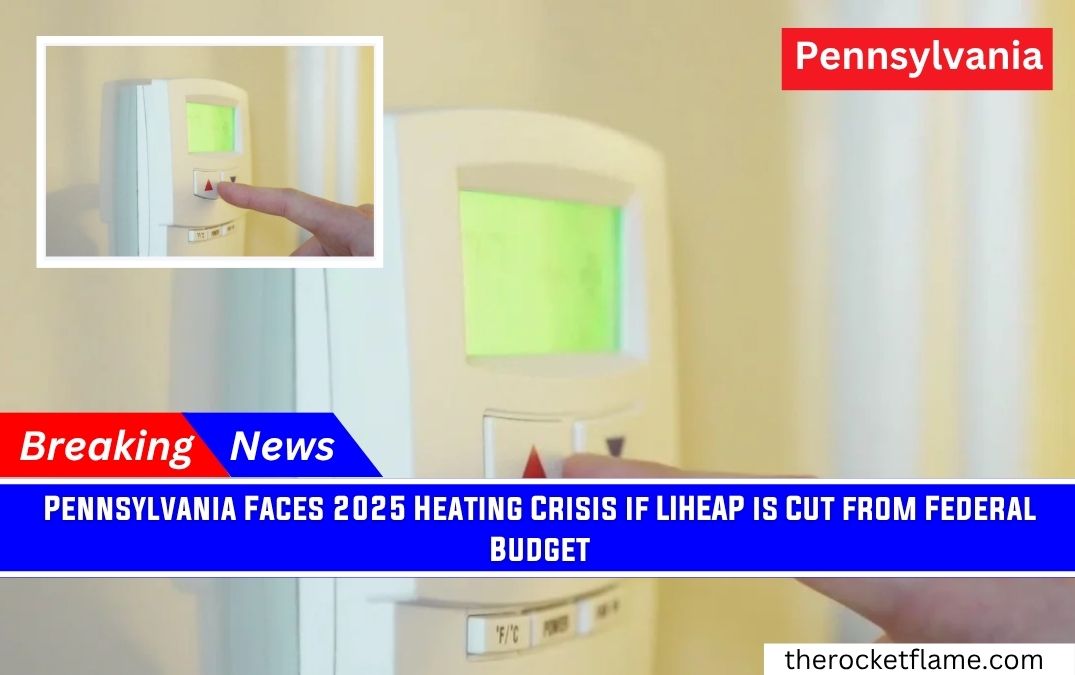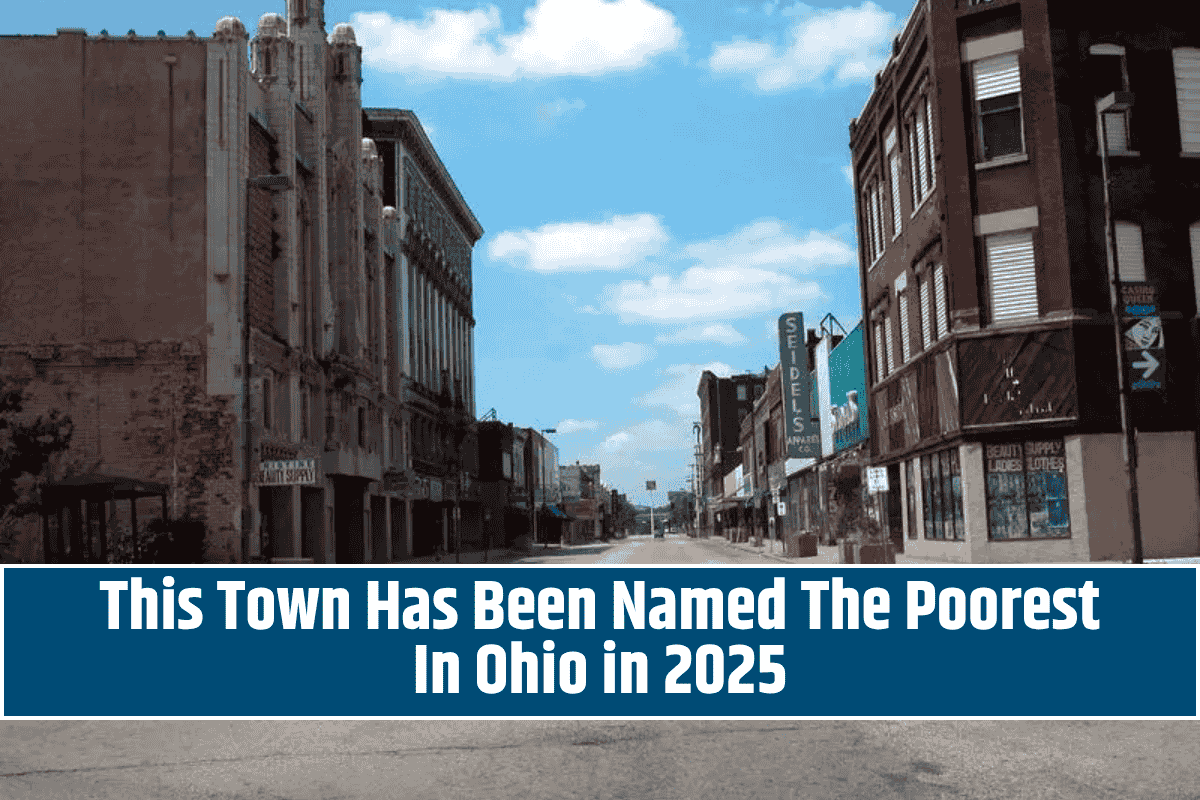Thousands of low-income Pennsylvanians may lose vital heating assistance if the federal Low-Income Home Energy Assistance Program (LIHEAP) is defunded.
The Trump administration’s 2025 proposed budget eliminates all funding for the program, sparking alarm among state advocates and local agencies.
What Happened
The 2025 federal budget proposal allocates zero dollars to LIHEAP.
This would effectively end the decades-old program that helps low-income families in Pennsylvania afford home heating during winter.
Each year, LIHEAP supports hundreds of thousands of residents with heating bills, emergency furnace repairs, and crisis aid.
Key Details
- Program at Risk: LIHEAP serves roughly 1.2 million Pennsylvanians annually.
- Services Provided: Includes cash grants, emergency services, and furnace repairs/replacement.
- Health & Safety Concerns: Without LIHEAP, families may reduce medication, food, or even oxygen use to afford heating.
- Local Impact: Organizations like Holy Family Institute help 35,000+ residents, including many seniors.
Reactions or Statements
Elizabeth Marx, Executive Director of the Pennsylvania Utility Law Project, warns the cuts could bring “devastating outcomes,” especially for the state’s most vulnerable.
“We’ll see more folks with health issues and increased housing insecurity,” she said.
Michael Sexauer, President of Holy Family Institute, called the potential loss “deeply concerning.”
“You’re forcing people—single moms, the elderly—to choose between heating or other necessities.”
What’s Next
The federal budget proposal is still under review in Washington, D.C.
Its passage or failure remains uncertain.
In the meantime, officials urge struggling residents to contact utility companies or local agencies for help and not let bills go unpaid.
FAQs
What is LIHEAP?
LIHEAP is a federal program providing heating assistance to low-income households.
Who qualifies for LIHEAP in Pennsylvania?
Eligibility is based on income, household size, and utility need.
How many Pennsylvanians rely on LIHEAP?
About 1.2 million residents receive assistance annually.
What happens if LIHEAP is cut?
Families may face heating insecurity, higher health risks, and financial strain.
Are there alternative programs?
Local aid exists, but none match LIHEAP’s scale or statewide reach.
Summary / Final Takeaway
The proposed elimination of LIHEAP funding in the 2025 federal budget could leave hundreds of thousands of Pennsylvanians without heating support this winter.
Advocates stress the urgent need for continued assistance and advise residents to seek local help as the situation unfolds.












